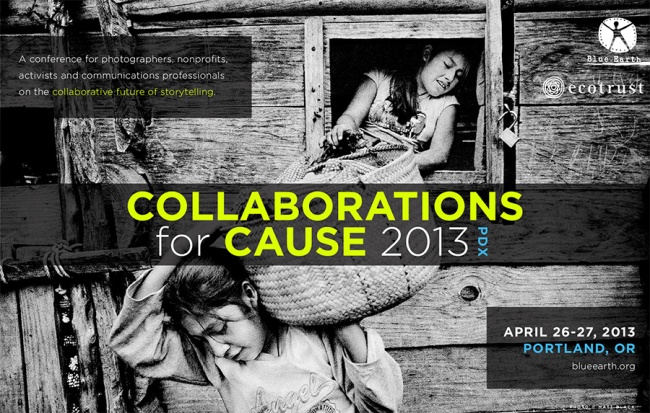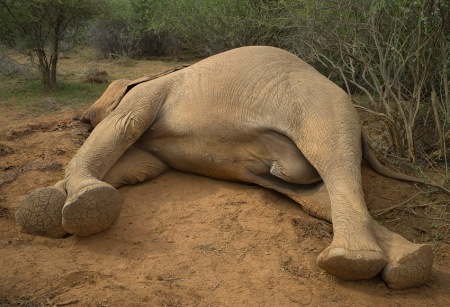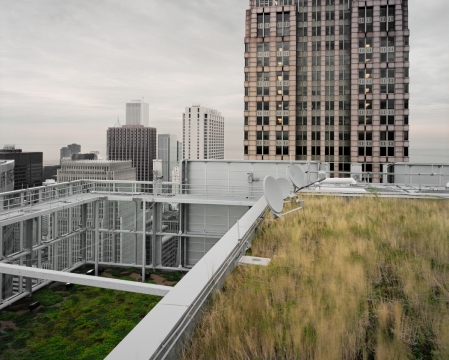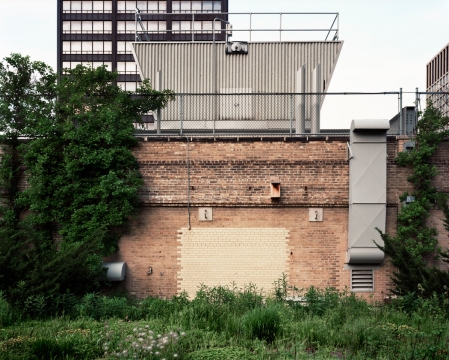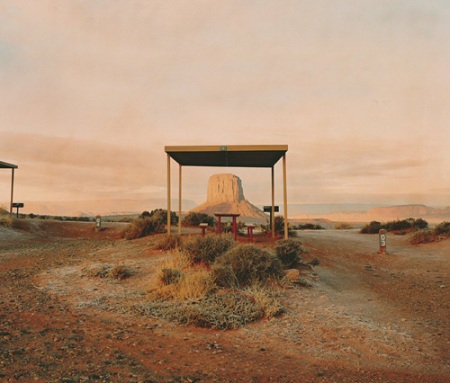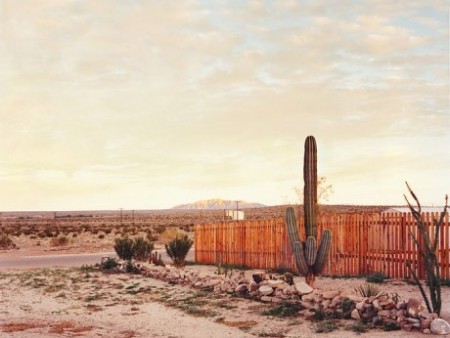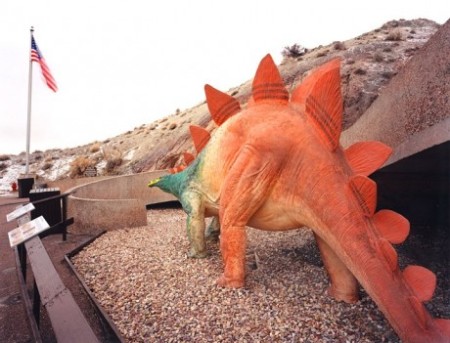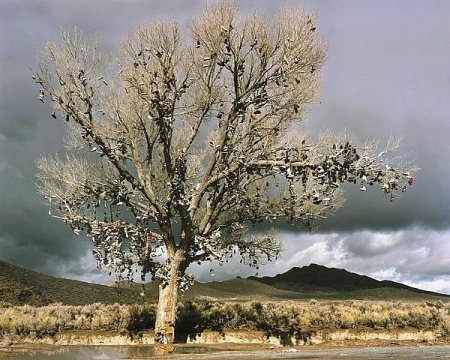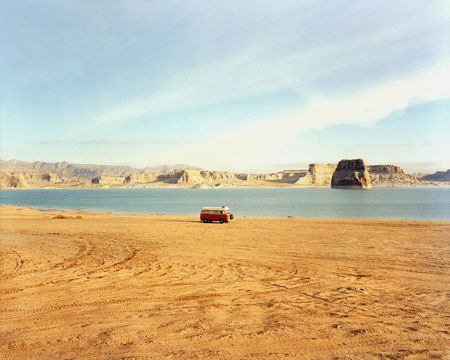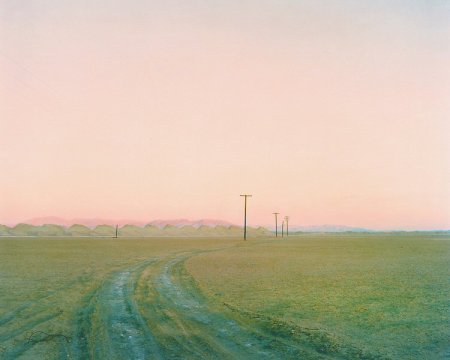Each year the Prix Pictet commissions one of its short listed photographers to produce a body of work based on a region where Pictet & Cie is supporting a sustainability program. In 2009, Ed Kashi won the honors of this commission, taking him to Madagascar in connection with a UK Charity titled Azafady helping the poorest communities in Madagascar develop sustainable ways of living. I recently visited the Diemar/Noble Gallery here in London on Well St. only a couple of days after the opening reception and general huge bash for unveiling of this series of images. As much as I love a party, it’s really difficult to see the work in its entirety at an opening, with people and drinks always in the way.
Madagascar is one of the richest nations in the world when it comes to biodiversity. Yet it is simultaneously one of the poorest, with poverty and unsustainability reeking havoc on the land and people. Ed Kashi is an award winning photojournalist well known for his work dedicated to documenting the social and political issues of our times, recently and specifically about environmental degradation as it affects the state of humanity and the world. Kashi traveled to Madagascar in January of this year to document the ongoing destruction of the forest, the increasing desertification of once lush habitat, and the plight of the people as they fall ever deeper into a state of poverty as a result of dramatic unsustainable development. The party charity organization, Azafady, is working with some of the poorest communities in developing sustainable ways of living through promoting local forest management solutions and engaging people in planning, implementation and monitoring activities, and reducing forest dependence and depletion of forest resources. Kashi writes, “This Commission for the Prix Pictet is in direct response to the global cry to stop and take responsibility, seen through the dignified and vibrant people of south east Madagascar.”
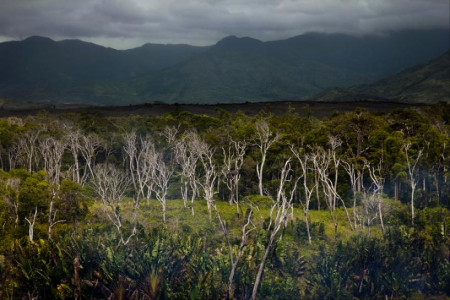
The illegal practice of tavy, or slash and burn agriculture, is one of the most urgent threats to Madagascar's people and forests. As farmers search for fertile land in which to plan their crops, the forest is destroyed and a life-saving resource for Madagascar's rural poor is lost.
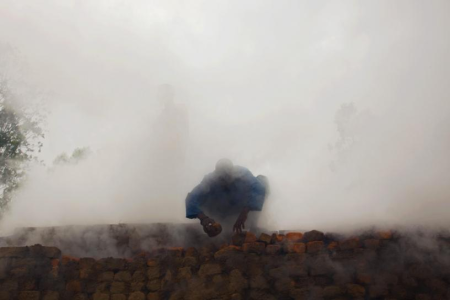
Men work on a brick kiln in Anosibe. This is a very inefficient use of wood, which is the main source of fuel for burning the clay to make the bricks.

The land fails, the crops fail. The people's ancient connection with the land is collapsing.
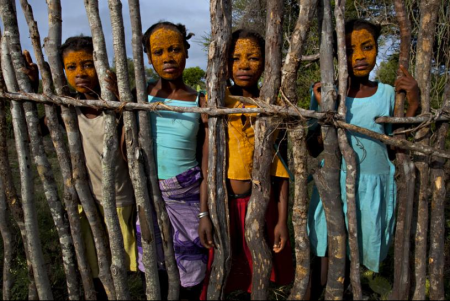
These young girls, ages 11-13, use a paste made from the tsiambara plant's roots to beautify their skin. They usually leave it on for 5 days and keep on redoing the process except on market days. The meaning of this process is called "I don't want to show you".
For further info and plenty more images, please visit Diemar/Noble, Prix Pictet, or Ed Kashi’s website’s directly.
While I realize that this specific exhibition would be documentary in nature due to both Kashi’s work and the nature of the commission, regardless of this I am still aware that there is a crossover between social documentary and fine art that’s taking place in the art world. This was a fine example. Diemar/Noble specializes in fine art photography, generally large scale in both the process and presentation, and using materials around since relatively early on in the medium’s history. I’m not saying you can’t be a fine art photographer if you don’t shoot 8×10 negatives. However, it is becoming more and more clear that the well known gap between photojournalists who are harnessing the power of images to deliver news and events of the moment (these days with 35mm digital cameras), and fine art photographers exploring abstract ideas through visual imagery using the camera as their tool (large format film), is closing. Or at least lessening in its size. This blog could sometimes be seen as an example of that. Although I set out initially to cover fine art photographers and keep the focus very much in the art world, I’m finding it hard to exclude some documentary and reportage photographers simply because of style. Surely it should be the content, intention, and success their images have on sending messages regarding the environment and related issues. But why is it then we regard photographs in a newspaper in a different light than if those same photographs were viewed in a gallery?
Context, social pretense, and the idea of the gallery or museum as the ultimate authority on art could a handful of reasons. A photograph changes from being a document to something more expressive when taken from the front page to a gallery wall. The photograph itself however doesn’t change. The technical elements of a photograph, its actual physical appearance, none of that changes. Instead, it is our interpretation of it. And yet, when I look at a photograph I usually instantly categorize it as one or the other. I am still intrinsically aware of stylistic differences in the photographer’s approach. What do you think? Do you think it’s fair that this line of separation is drawn and has been kept apart for quite some time? I welcome your thoughts in the comments section.
